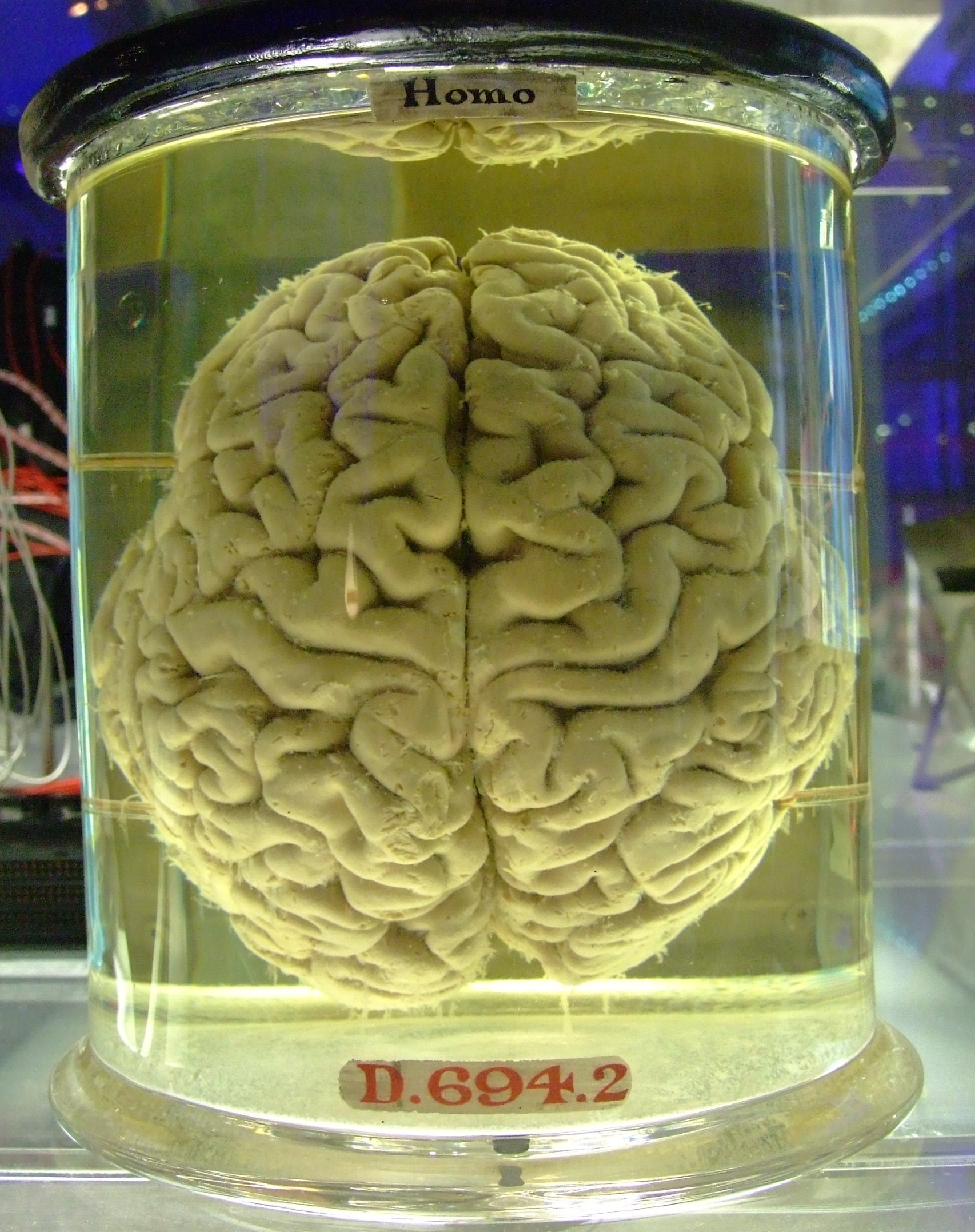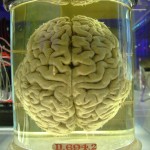Adam Kane recently wrote a blog post on the problem of consciousness. I disagree with most of what Adam said so thought I’d write a reply post.
Adam’s post smacks of a dualism that has persisted since the earliest musings on the problem of consciousness. In essence dualism is the claim that mental processes are in some ways non-physical, that there is a “ghost in the machine” so to speak. In my opinion dualism has been one of the most obstructive and damaging ideas that philosophy has ever produced, with a pervasive legacy that can be seen in concepts of human superiority, and in the justification of inhumane treatment of animals. However, that’s an issue for another day.
For me, Adam’s conclusion of dualism does not follow from his arguments:
1. Let’s first take his example of Chalmer’s thought experiment of automaton-like zombies. Such zombies are logically possible. However, this possibility doesn’t imply dualism. They would imply dualism if they were actually physically identical in every way to a conscious individual, including the exact wiring and firing of their neurons. Whether an exact physical replica of a conscious human could be unconscious is an empirical question. Simply posing the question does not provide one iota of evidence for dualism, it simply shows that dualism is logically possible. That there really are invisible turtles sitting in all our heads controlling things is also logically possible! Now let’s consider the more restricted case where the exact wiring and firing of these zombies neurons is not identical to ours, but they are for all practical purposes indistinguishable in their behaviour. We then have a problem over how natural selection could have favoured consciousness. However, this again does not imply dualism. Consciousness does not need to be adaptive to be physical. It may be a by-product of selection for information processing, i.e. a spandrel. It is obviously a fallacy to claim that because snail’s brood chambers (the classic example of a spandrel) arose non-adaptively that they are not physical. To explain the evolution of consciousness is definitely an unresolved challenge, but this challenge does not imply dualism.
2. Adam’s argument that neurons are made of the same stuff as heart cells, and therefore aren’t the key to consciousness is a misunderstanding of how neuroscience searches for correlates of consciousness. An individual neuron may not be that special but they are collectively unique as cells in that they are connected in neural networks of mind-boggling complexity. We don’t yet have anywhere near the computing power to simulate what the human brain does, so its computational capacities are currently unknown, but definitely huge. Neuroscience is a field still very much in it’s infancy, and I have little doubt that it will begin to shed light on how consciousness is achieved over the next few decades. Hopefully gaining more insight into the how will stimulate more evolutionary biologists to tackle the why.
Consciousness is a hard problem, but it being physical should be our null position. History has shown that explanations based on non-physical phenomena have fallen time and again under empiricism’s mighty sword. As such, our priors for the how and why of consciousness should be heavily skewed towards the physical.
Author
Luke McNally: mcnalll@tcd.ie
Photo credit
Wikimedia commons


